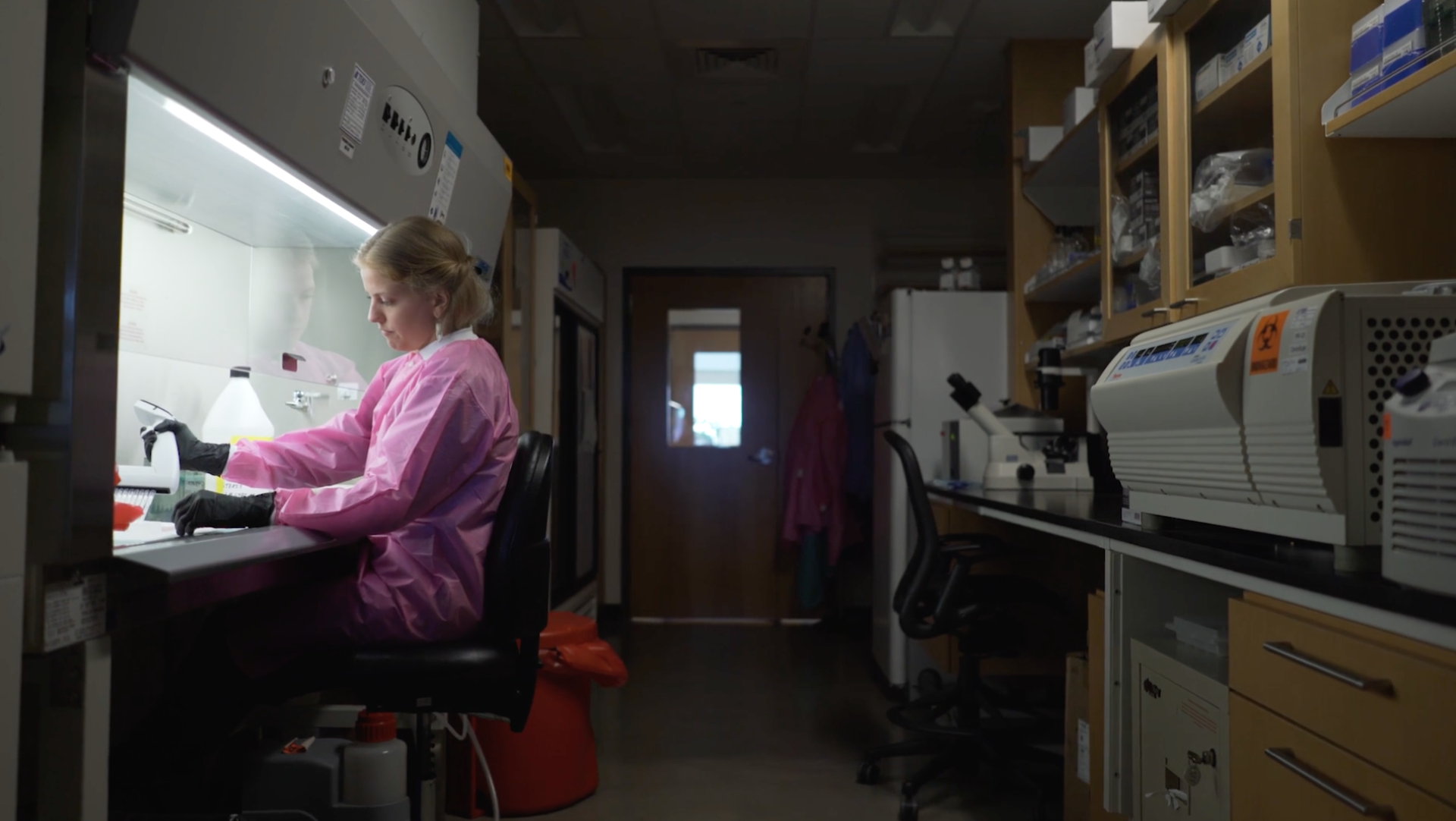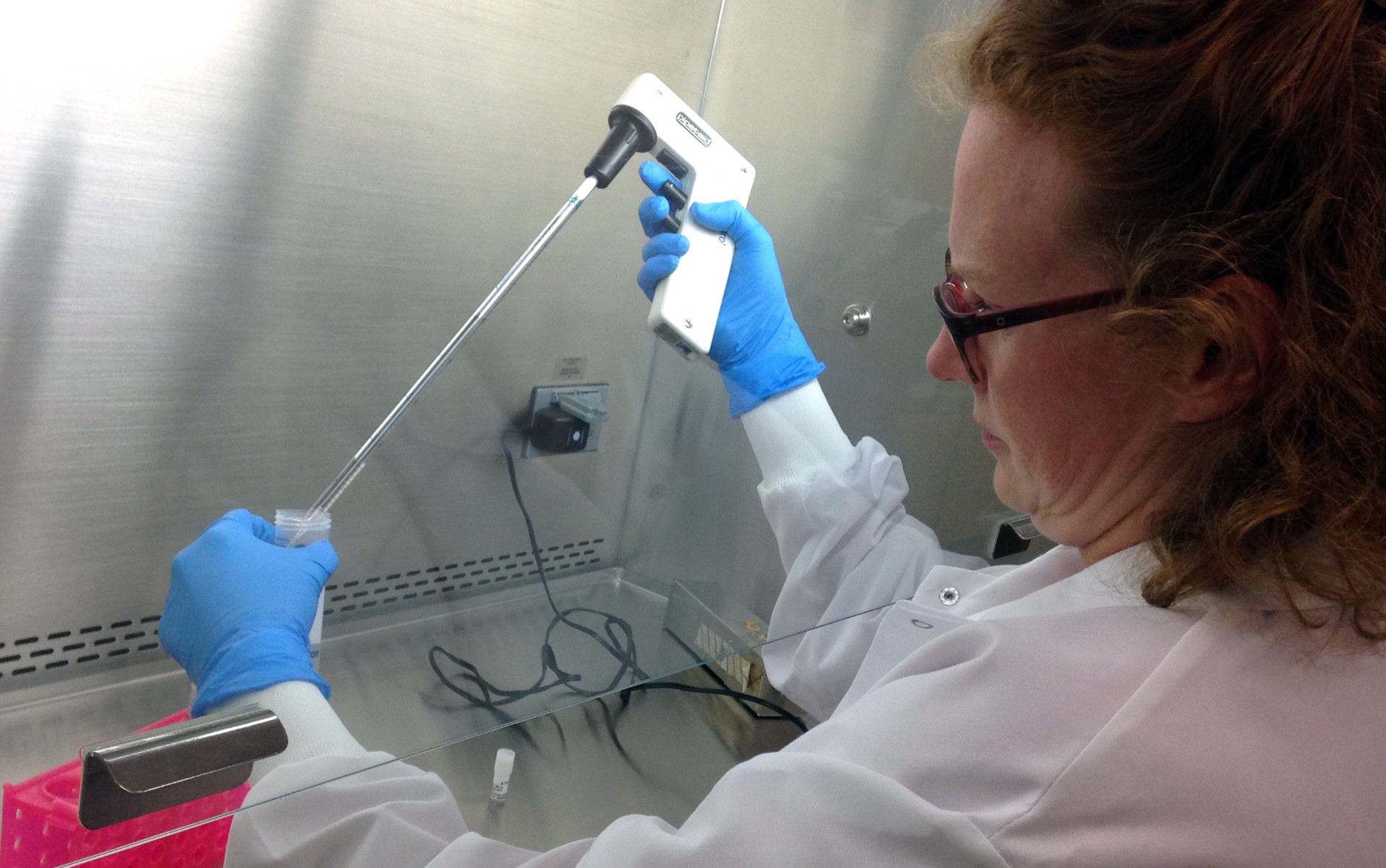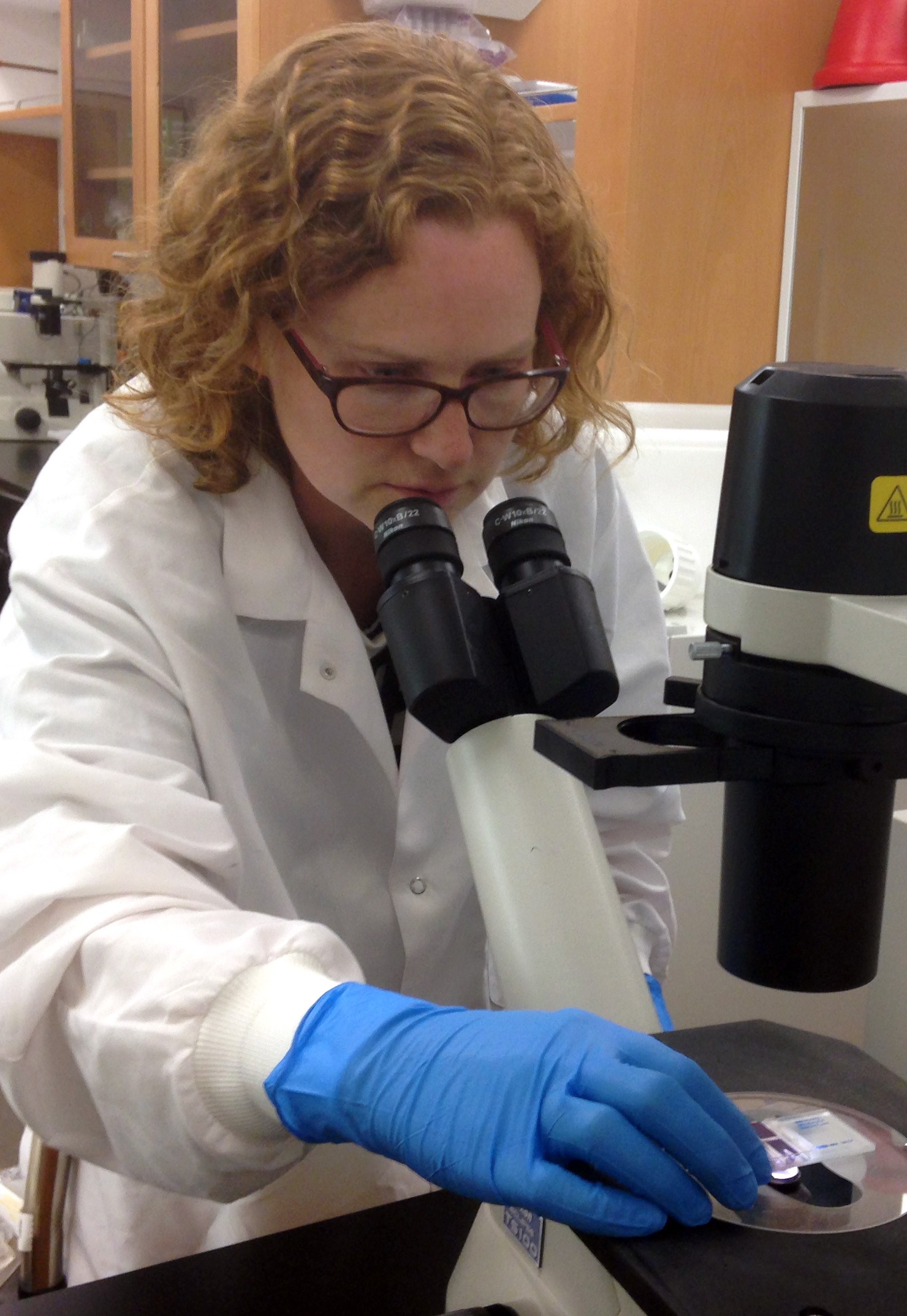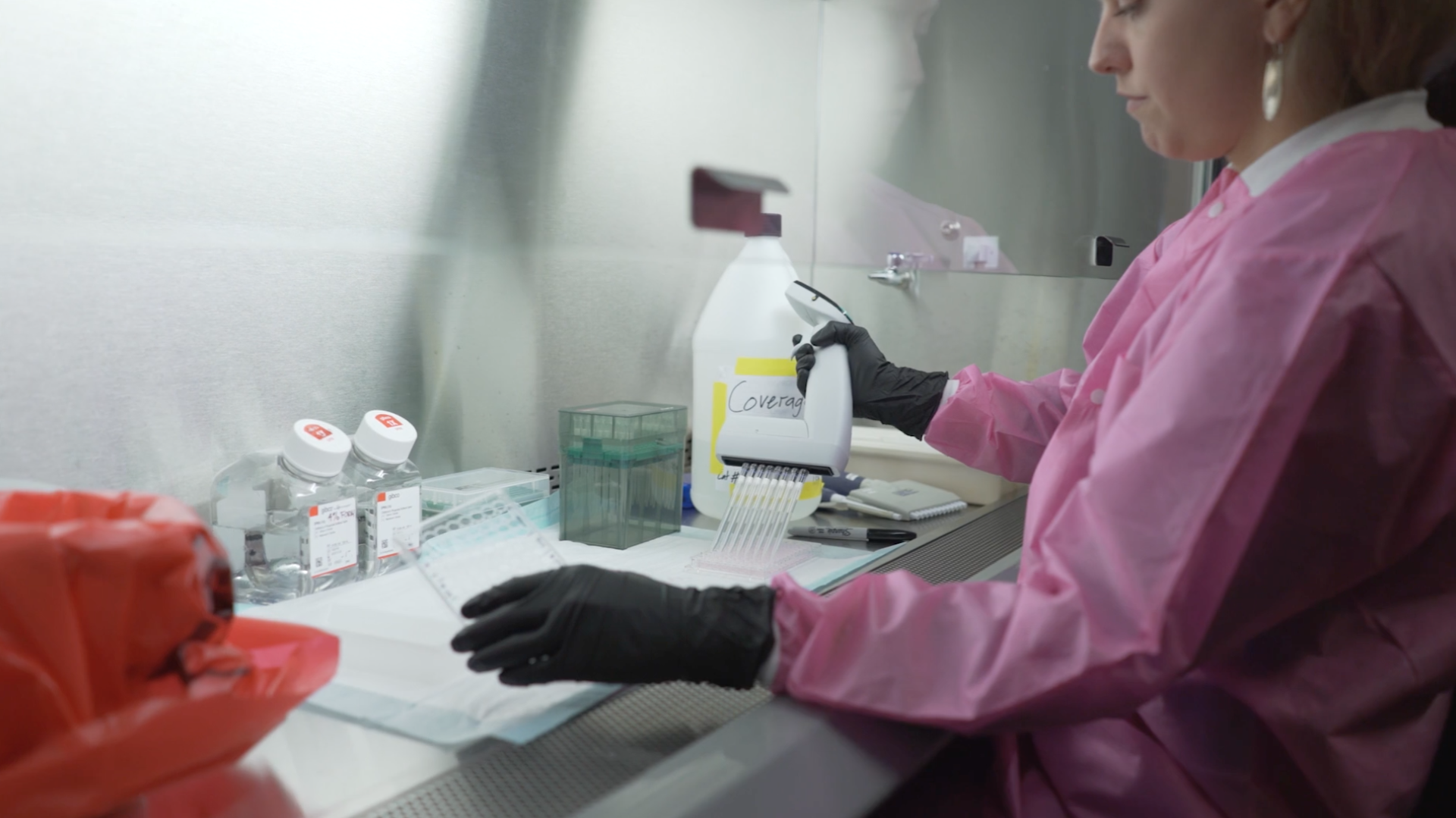Impact
Our project aims to contribute to the strategic Destination 3 of the EU work programme: “Tackling diseases and reducing disease burden”. We expect the FLUniversal project to establish clinical proofof concept for universal protection with a next-generation vaccine. In the course of clinical developmentand commercialisation, it is expected to help healthcare authorities and providers tackle and manageinfluenza, reduce the disease burden on the population and healthcare systems, facilitate themanagement of epidemic outbreaks and improve patient safety. In addition, the project results will helpthe scientific community to better understand the biology of the influenza virus, its transmission and itsinteraction with humans and thus pave the way for vaccine developers to introduce new, highly effective, universal vaccines.
FLUniversal will contribute to the call-specific following topics:
- Reduce the burden of infectious diseases in the EU and worldwide through effective disease management, including developing a novel universal influenza vaccine and enhanced vaccine manufacturing technology.
- Strengthen international cooperation to increase research and innovation expertise and share know-how for combatting infectious diseases. Be better prepared to respond rapidly and effectively to health emergencies and to prevent and manage epidemics.
- Offer benefits to citizens due to reduced (cross-border) health threats of epidemics, particularly influenza epidemics and pandemics.
- Support the scientific community in better understanding the biology of the pathogen (influenza virus), its transmission and interaction with humans through an enhanced new novel controlled human infection model for influenza, and sharing the project outcomes and results.
A further goal of the FLUniversal consortium is to support its membersin developing core competencies.
1. Reduce the burden of infectious diseases in the EU and worldwide through effective disease management, including developing a novel universal influenza vaccine and enhanced vaccine manufacturing technology.
Novel universal influenza vaccine.
FLUniversal will develop a new vaccine for universal influenza protection and thus provide an important new disease countermeasure. This achievement will help to diversify the portfolio of vaccine options and reduce dependence on potentially vulnerable and unsustainable egg-based vaccine production. Unlike IIVs, DeltaFLU provides mucosal as well as systemic immunity. The mode of action of the universal DeltaFLU vaccine is not dependent on matching the circulating influenza strains in the population. DeltaFLU is expected to reduce the economic burden of influenza due to its superior efficacy in protecting against a broad range of influenza strains. The total economic burden of seasonal influenza in the EU is estimated at €6-14 billion annually.
Existing influenza vaccines, which include whole virus, split virus, subunit (purified glycoproteins) and recombinant HA formulations, all have essentially the same mode of action: providing a degree of protection by eliciting serum antibodies to the head of specific HAs in the vaccine and relying on these antibodies to block the influenza virus from binding to host cell receptors. Because the HA head is highly variable, existing influenza vaccines sufferfrom highly variable effectiveness and require frequent strain updates. The effectiveness of current available influenza vaccines is lowto moderate at best; overall effectiveness w as <50% for 12 of the last 16 influenza seasons and even lower for some influenza strains. Available vaccines will not protect against emerging strains, including strains with pandemic potential. Current influenza vaccine efficacy relies on a close antigenic match between the vaccine and circulating influenza strains; mismatches frequently occur and reduce effectiveness. For example, duringthe 2014/15 influenza season in the US, more than 80% of the circulating influenza A (H3N2) viruses characterised differed from the vaccine virus, and vaccine effectiveness against influenza A was only 13% (H3N2).
Enhanced vaccine manufacturing technology.
Vivaldi’s advanced Vero cell-based manufacturing system with proprietary upstream improvements is highly efficient and produces high yields (>75%), with high rates of impurities removal (e.g., <1ng DNA per dose) and low production costs. A production suite with 2x2,000 L microcarrier bioreactors provides capacity for ~400 million single-strain doses. The system is readily scalable and has virtually unlimited production capacity. Vero cells are a sustainable production substrate. Vero cell manufacturing has a modest production footprint and comparatively low environmental impact. Bioreactors enable high densities in small production volumes. Vero-cell production will diversify the global influenza vaccine pipeline, and address strategic production needs, especially in the event of a pandemic. In addition to producing DeltaFLU vaccine strains for the FLUniversal preclinical and clinical programme, FLUniversal will also use Vero cell production to generate a novel influenza challenge strain for clinical studies.
Egg-based production has several important drawbacks for manufacturers and the world’s influenza vaccine supply. The supply of embryonated 10-day-old chicken eggs suitable as substrates for virusamplification is limited. The millions of eggs used annually for vaccine production come fromspecialised poultry farms with intensive farming practices, with hens kept under highly controlledconditions. Inputs for these poultry operations are massive, as are their solid, gaseous and liquid wastestreams, which have a significant impact on the environment (e.g., CO2, CH4 and N2O emissions).Moreover, nitrogen and phosphorous from manure may contaminate groundwater. One kilogram of CO2is generated for every four eggs used in vaccine production. Assuming that 90% of doses are egg-basedand quadrivalent for seasonal vaccines, current global vaccine production requires 900 million eggsannually which release 225 million kilogram of CO2 into the atmosphere.
Targeted stakeholder groups.
- Healthcare systems will benefit from the availability of a new influenza vaccine that is safe, highly effective, easily administered, and more acceptable to patients.
- Regulators and policymakers will benefit from new CoPs that improve the development and evaluation of new vaccines.
- The pharmaceutical industry will benefit from the new CoPs and the opportunity to form a commercial partnership to take advantage of the new vaccine technology's revenue potential.


Foto's: Vivaldi Bioscience
2. Strengthen international cooperation to increase research and innovation expertise and share know-how for combatting infectious diseases. Be better prepared to respond rapidly and effectively to health emergencies and to prevent and manage epidemics.
Clinical challenge model.
Novel methods to understand influenza immunology are essential for developing a more effective influenza vaccine to address the burden of influenza. Human challenge models have several benefits over traditional models such as animal and epidemiological models. Although mice and ferrets are widely used in influenza challenges, studies with animal models do not directly translate to humans. Epidemiological or field studies are used to study influenza vaccine efficacy. These studies require many human subjects and often require numerous sampling points and years to acquire sufficient data, with many conflicting and confounding variables. In contrast, the human challenge model is efficient (relatively few participants are needed to power a study), immunologicalresponses of humans can be studied directly, and the exact timing and dose of infection are known, sothat specific time points and measurements are precisely determined. Clinical challenge studies providevaluable data that inform and de-risk large Phase 3 efficacy trials, which are expensive and timeconsuming.The availability of facilities, expertise and appropriate virus challenge strains required forclinical challenge studies is limited. FLUniversal will implement a controlled human infection modelusing a new influenza challenge strain (see below) for expedited clinical development of DeltaFLU. Theclinical studies will be conducted at state-of-the-art isolation facilities at LUMC in collaboration withCHDR and Vivaldi AG. An important impact of the project will be the availability of this innovativeCHIM to academic and industry-based developers of vaccines and therapeutics for expediteddevelopment and clinical PoC studies. The challenge model will be harmonised with existingprogrammes (e.g., Innov4Vac) to ensure results are standardised and comparable with other challengestudies.
New challenge strain.
The novel influenza strain for clinical challenge studies will be derived from a circulating (wild-type) strain, fully characterised, produced in Vero cell culture under cGMP (thus without egg adaptations) and meet European Medicines Agency (EMA) and US Food and Drug Administration (FDA) regulatory guidelines. The availability of influenza virus strains for clinical challenge studies is limited. A wider variety of publicly available challenge strains is needed to appropriately evaluate different types of vaccines and in the presence of different, naturally circulating strains and immunity in the population. Selection and development of the novel influenza challenge strain in this project will incorporate data on the antigenic properties and performance in the ferret infection model and pre-existing immunity to the potential challenge strain in the general population.
The new challenge strain will be made widely available. To ensure portfolio breadth, we will evaluate the current and future availability of challenge strains through NIH and the Inno4Vac IMI consortium.
New knowledge of mechanisms of protection.
FLUniversal will generate new open-access knowledge of molecular and immunological mechanisms of protection by further elucidating the mechanisms of protection of the novel DeltaFLU vaccine candidate. In particular, the project will build upon recent research demonstrating that antibodies targeting the HA stalk can neutralise widely diverse influenza strains within and across subtypes and show that anti-stalk antibodies correlate with human protection.
FLUniversal is uniquely positioned to contribute new knowledge of the immunological mechanisms responsible for boosting universal (stalk) epitope-based antibody protection by using integrated analyses of animal models, human clinical samples, and circulating wild-type strains. The new open-access knowledge generated in this way will include mechanisms of HA stalk-directed immunisation and universal protection based on heterologous prime-boost immunisation.
New molecular tools and capabilities.
FLUniversal consortium members have developed and will implement new molecular tools and capabilities to generate new knowledge of protection mechanisms, such as the modification of protocols developed for SARS-CoV-2 to measure tissue-resident memory T cells in the nasal mucosa. An improved understanding of the role of HA stalk antibodies in immune protection and the promising potential of this approach for developing vaccines with universal protection, plus improved tools and methods for studying these recently-discovered immune mechanisms, will bring significant advances to the scientific community.
New correlates of protection.
FLUniversal willcontribute to new standardsfor influenza vaccine development and regulatory review. Data generated by FLUniversal will support the establishment of new CoPs for the clinical and regulatory evaluation of influenza vaccines. A serum HA inhibition HI titre >1:40 has long been considered a valid measure of protection conferred by influenza vaccines and is widely used in clinical development and regulatory authorisation. This CoP relies on measuring a single component in the adult immune response, namely strain-specific serum antibodies to the influenza HA head, measured by the HAI assay.
However, especially with live attenuated influenza vaccines (LAIVs), HAI titres often do not a correlate with protection and are also inappropriate for other vaccine technologies. The EMA recently revised its guidelines for evaluating influenza vaccines, moving away from reliance on the HAI titre to include a broader evaluation of immunogenicity, which comprises neutralising antibody titres and cellmediated immunity. While progress on the standardisation of relevant assays has been made (for instance, through the FLUCOP project), CoPs are still lacking. New or improved immunological assays and novel CoPs are needed to assess the immunogenicity and protective efficacy of the next generation of influenza vaccines along with broadly protective universal influenza virus vaccine candidates.
Targeted stakeholder groups.
- Academic and industry-based developers of vaccines and antiviral therapeutics will benefit from significantly improved development methods and clinical PoC studies.
- The scientific community will have open access to knowledge of HA stalk-directed immunization mechanisms, immunogenicity and efficacy studies, as well as to a wider variety of publicly available challenge strains.


Foto's: Vivaldi Bioscience
3. Offer benefits to citizens due to reduced (cross-border) health threats of epidemics, particularly influenza epidemics and pandemics.
Citizens’ reduced health threat.
Worldwide, on average, 1 billion cases of seasonal influenza and up to 500,000 deaths occur on each year. The European Centre for Disease Control (ECDC) estimates that influenza causes 4-50 million symptomatic infections a year in the EU/EEA. On average, 27,600 respiratory deaths associated with seasonal influenza occur annually in the EU/EEA. Despite the shortcomings of available vaccines, seasonal influenza vaccination in Europe prevents an average of 1.6-2.1 million influenza cases, 45,000-66,000 hospitalisations, 25,000-37,000 deaths, and €153-219 million in healthcare costs each year. It is also estimated that influenza vaccination prevents an average of 701,200-916,000 visits to general practitioners in the EU Member States, thus saving €22-29 million. A new influenza vaccine that provides 80% efficacy would have the same impact as increasing the influenza vaccination rate in Europe to the WHO and EU target rate of 75%.
In the EU, the target groups who will benefit from the innovation of DeltaFLU universal influenza vaccine are elderly individuals (65+ years), adults, and children. There are 93 million adults aged 65 or older in the EU. The elderly represent 65% of all influenza-related hospitalisations and 90% of deaths. Hence, EU Member States aim to reach 75% vaccination for the 65 and over age group, though ECDC data indicate that few countries’ rates approach this goal. The ECDC reports the median vaccination rate at 47% for older adults. Adults (18-64 years). There are 275 million adults (18-64 years) in the EU, making this age group the largest population segment. It includes large numbers of individuals strongly recommended to receive influenza vaccination: pregnant women, individuals immune-compromised by various diseases and conditions (e.g., diabetes; chronic respiratory and heart diseases), and healthcare workers. Overall vaccination rates for the adult population vary widely by country, from <10% inAustria to ~25% in France and Spain. Children (6 months-17 years). There are approximately 80 million children under 18 years in the EU. Paediatric influenza can be a severe disease that progresses rapidly, even in children with no underlying risk factors. In the EU, the proportion of children with symptomatic influenza for whom medical attention is sought is 60% for children younger than two years, 40% for ages 2-6 years, 30% for ages 7-12 years, and 10% for ages 13-17. Up to 20% of paediatric influenza cases require hospitalisation.
Though the WHO recommends influenza vaccination in all children aged six months to five years, the VENICE II Consortium reported that vaccination rates in children in EU countries range from <1% to 16.7%. This compares with the paediatric influenza vaccination rate of 58% in the US. Many EU countries lack recommendations for paediatric influenza immunisation. FLUniversal’s measures to broadly disseminate data on the safety and efficacy of DeltaFLU are expected to generate interest among researchers, healthcare systems and policymakers to support and implement broader recommendations for influenza immunisation. Published information on the efficacy and safety of DeltaFLU along with FLUniversal’s measures to broadly communicate the advantages of DeltaFLU, from the beginning of and beyond the lifetime of the project, is expected to have a positive impact on consumer awareness and interest and the eventual uptake of the vaccine among all age groups. Administered as a nasal spray, DeltaFLU provides an alternative vaccine delivery route with several important advantages. From the standpoint of improved protection and efficacy, the key advantage is rapid induction of interferon and broadly crossneutralising antibodies in the nasal mucosa. Intranasal administration also provides important advantages for healthcare systems, workers, and patients. Approximately 60% of children and 20% of adults fear needles and avoid vaccinations. As a nasalspray vaccine, administration of DeltaFLU is convenient and pain-free and requires minimal training. Healthcare systems and workers will benefit because handling and disposal of needles will not be necessary, and the risk of accidental needle sticks will be eliminated.
Employerswill benefit from the introduction of DeltaFLU in many ways. In Europe, influenza accounts for approximately 10% of sickness-related absences from work. The results of FLUniversal are expected to contribute to job growth in the pharmaceutical and vaccine industries. Europe is the vaccine industry’s powerhouse: 75% of all vaccines are produced in Europe. The industry group Vaccines Europe reports that the European vaccine industry was responsible for a total of 122,010 jobs in 2019, of which 29,000 were direct, 35,868 indirect and 65,742 induced jobs. Europe produces 1.7 billion vaccines annually which are used in the EU and worldwide. Vaccines are manufactured in 11 European countries at 27 manufacturing sites.
Targeted stakeholder groups.
- Citizens will benefit from significantly more effective vaccination (reduced health threats, lower morbidity and mortality), employers will benefit from fewer sickness-related absences from work
- Healthcare providers and healthcare systems will benefit from substantially reduced influenza-related costs.
4. Support the scientific community in better understanding the biology of the pathogen (influenza virus), its transmission and interaction with humans through an enhanced controlled human infection model for influenza, and sharing the project outcomes and results.
FLUniversal will seek to develop new CoPs derived from clinical and preclinical data. This will include serological assays for neutralising antibodies, HAI antibodies, and ELISA antibodies to the whole HA, HA subunits, HA-derived antigens, and stalk epitopes; mucosal assays for neutralising and ELISA antibodies, cytokines and tissue-resident memory T cells; flow cytometry to detect antigen-specific CD8 and CD4 T cells, memory B cells, and cytokines expressed by PBMC; preclinical tissue-resident IgA+ B memory cells, CD4 T helper (Th1, Th2, Th17) and CD8 T cell responses. Sophisticated machine-learning methods and multi-omics analysis to interpret complex multidimensional data will be used to analyse human and animal model data for the most relevant protection features and identify potential CoPs. The outcome of this work will provide important new insights for the scientific and regulatory communities and data supporting new CoPs, leading to the development and authorisation of safer and more effective vaccines and improved health.
The development of the new controlled human infection model will contribute to conducting more efficient, cost-effective and shorter clinical trials. It is a methodological innovation that is perfectly aligned with EO4 in improving the efficiency of clinical studies that match the features of the next generation of vaccine development and will substantially shorten vaccine development time. FLUniversal will generate and disseminate new open-access knowledge on influenza immunology and protection, will establish an innovative controlled human infection clinical challenge model and challenge strain that will be available to the public, including the research community, other SMEs and the pharmaceutical industry. Moreover, it will advance a promising universal influenza vaccine candidate (DeltaFLU) towards late-stage clinical trials and commercialisation. FLUniversal integrates and applies molecular knowledge of influenza antigens, epitopes and immunogenicity; state-of-the-art immunological assessments of preclinical, clinical and surveillance samples using novel -omics tools and computational analyses; and innovative clinical trial design and methods to expedite the testing of the vaccine candidate in a new clinical challenge model of influenza infection.
